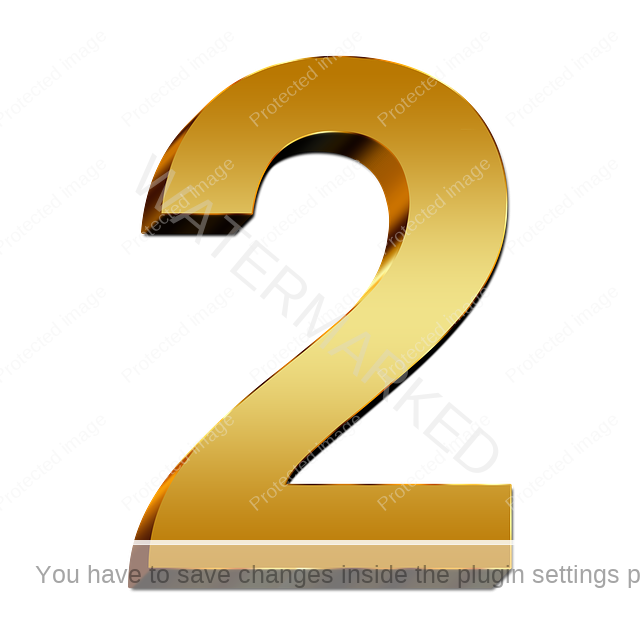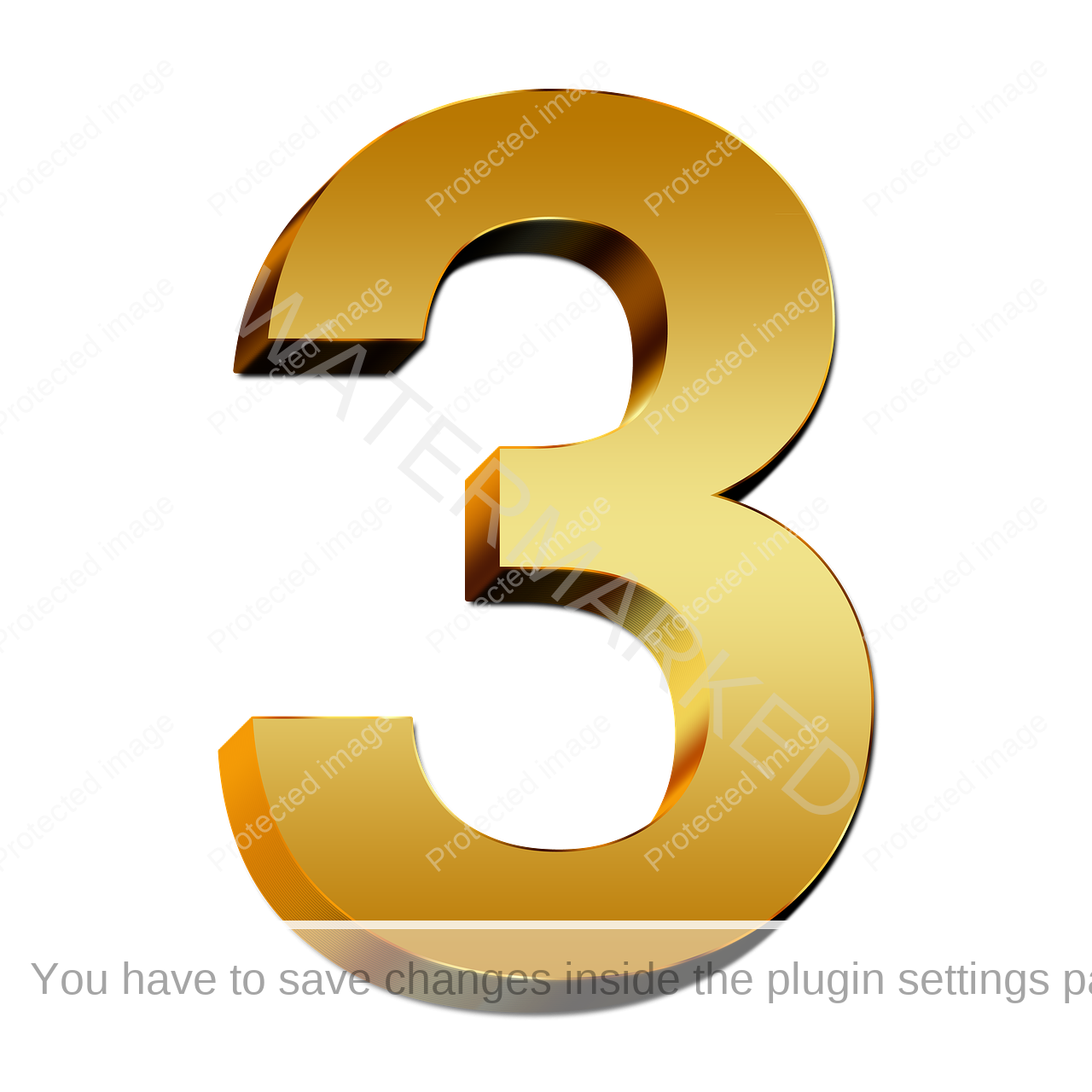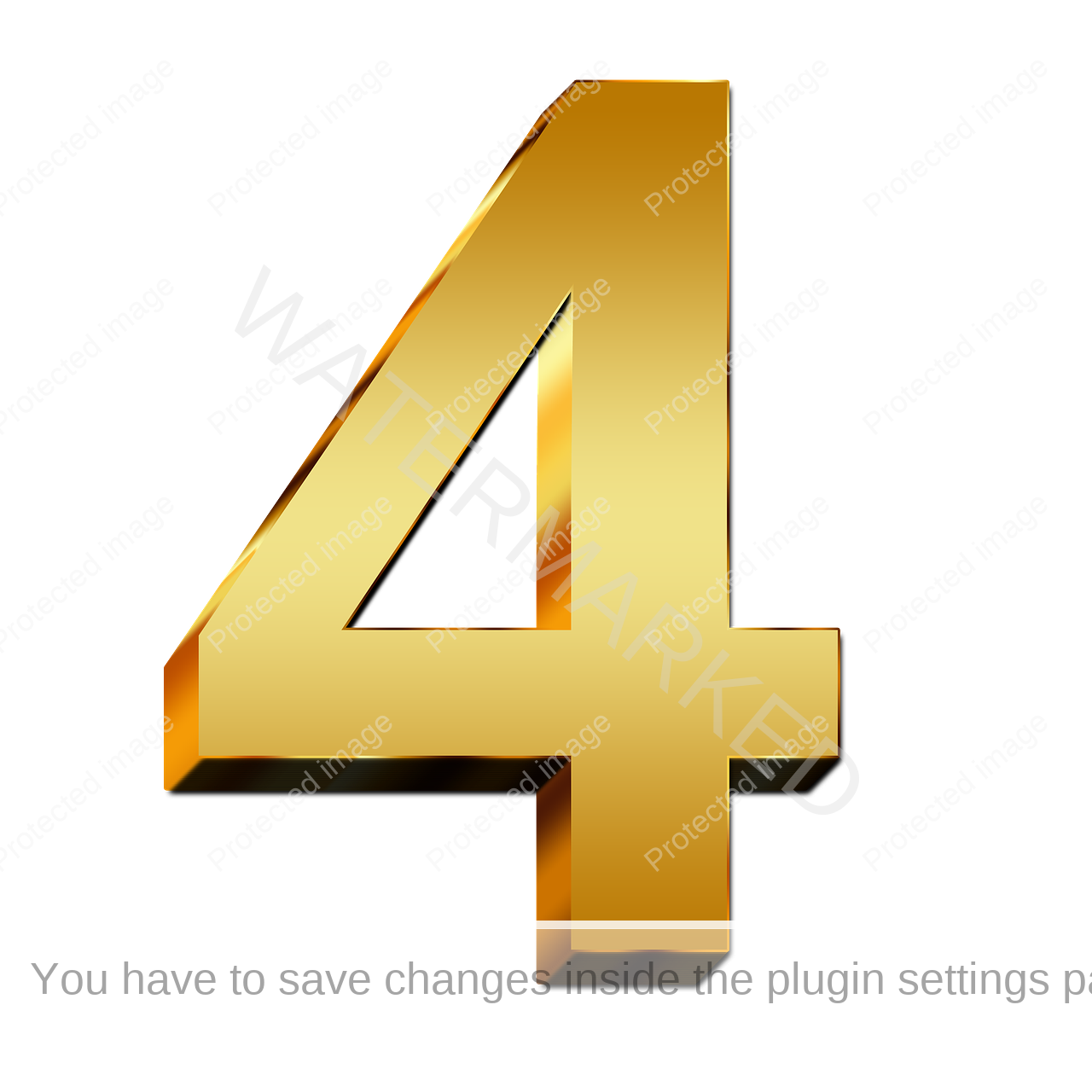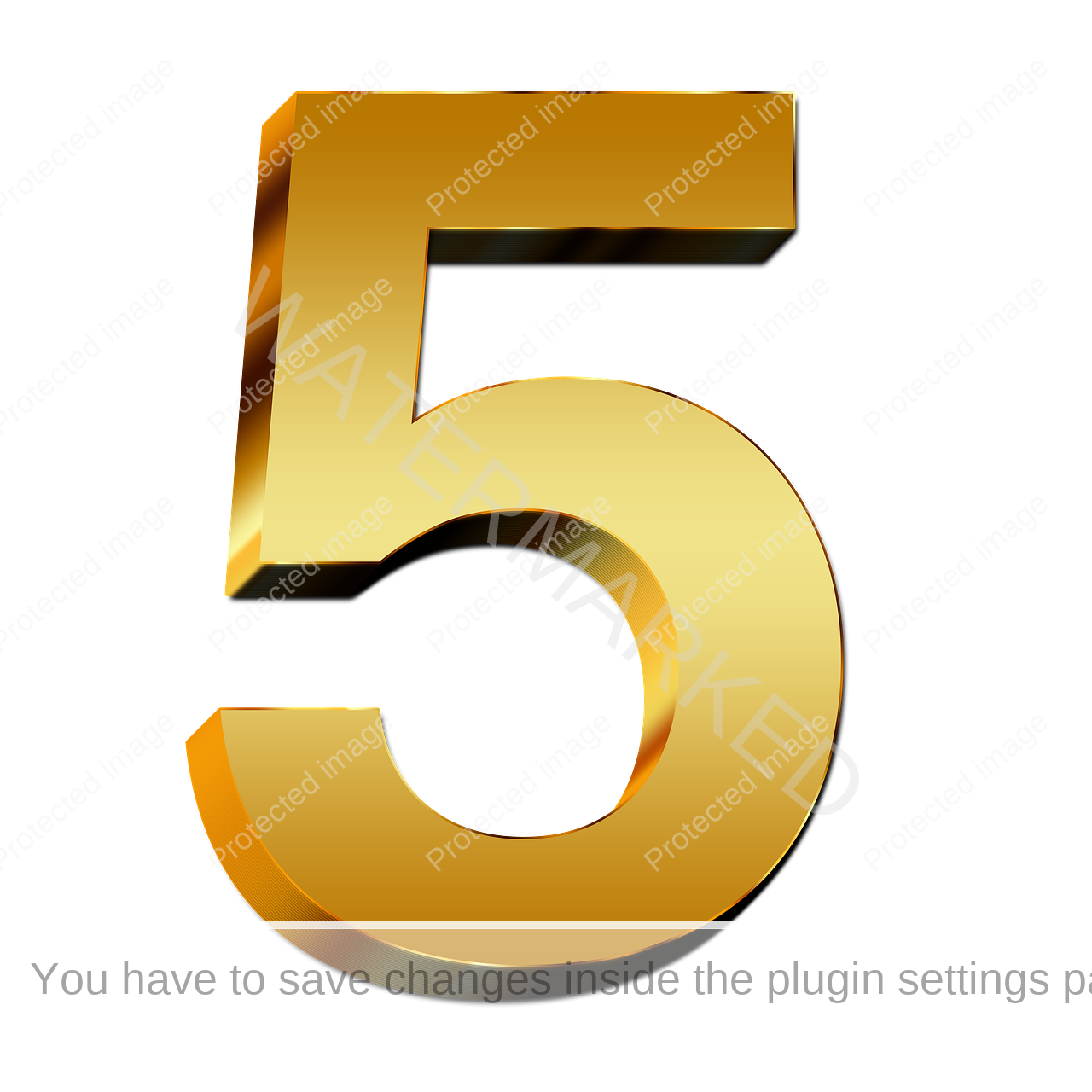5 Things No One Told Me About Trading Before I Started…
When I first heard about the idea of trading for a living, I was shocked that I hadn’t learned about it at school. To be fair, though, if students were told “you could work from home or a hotel or even the beach if there’s wifi, have no boss, choose your own hours, take holidays when you feel like it and never have to worry about recessions or lockdowns”, there’d be no doctors, nurses, teachers or other vital professions! But as soon as I heard about trading, I knew it was for me. And not just because I was broke and working for minimum wage – it was the lifestyle and the control over my own finances that appealed to me.
Like a lot of people, I jumped straight into trading without stopping to educate myself or get any training or guidance, and I lost a lot of money because of that decision. Looking back, here are the five things I wish somebody had told me before I started trading:

It’s Not as Easy as it Looks
Honestly, trading looks like the easiest thing in the world. Open some charts, chuck on some indicators, and start making money. But trading requires you to learn a whole new skill-set. In my 20 years in this field, I’ve never seen someone just walk in and start doing it – they all needed to learn first. When you think about it, every career has it’s learning curve, and trading is no different. Whether you’re a doctor, a lawyer, a teacher, a nurse or a pilot, you had to spend time learning your craft before you could go out and make any money from it, and trading is no different. You need to learn before you earn.

It Requires a Tremendous Amount of Self-Control
Self-control was never one of my strong suits growing up. To give you an example, when I visited all you can eat buffets as a teenager, I would usually make it my mission to try every single item from the dessert bar at least once. Yes, I have a sweet tooth! In trading, you need to be able to exert control over your impulses and emotions. Traders are tempted on a daily basis, and with no boss to say “No, you can’t do that!” many traders succumb to temptation and make poor choices, such as jumping in because they have FOMO – fear of missing out – or holding on too long out of greed, or selling too early out of fear. But successful traders know that in order to be profitable, they need to exert a high level of self-control. It’s the only way.

It MUST be Run Like a Business
You wouldn’t open a business like a restaurant without having a clear plan for how it’s going to be run. You would have plans for managing food, plans for attracting customers, plans for managing the finances, and plans for managing your employees (many business owners love the fact that a trading business has ZERO employees to manage!). The same goes with trading – you need to have a business plan that gives you clear guidelines for how you’re going to operate. Otherwise, you’ll risk being overwhelmed by information overload: there are literally so many ways that you could trade, and there are so many voices in the news and social media telling you their opinion that you can easily be swayed in a direction you probably don’t want to go. So you need to have a plan for how you’re going to operate, and it needs to be clear and simple and efficient.

Your Trading Account is Not an ATM
Early in my trading journey, I was told that trading is like an ATM or cash machine. You simply walk up to the market when you feel like it and withdraw unlimited amounts of cash. It’s not. Trading opportunities don’t appear every day. Some days, there’s not a lot going on, and the best thing you can do is turn off your computer and go to a movie or play a round of golf, or sit on the beach or go to a yoga class, then come back the next day for another look. Sometimes, I don’t take a trade for several weeks, or even months. The key thing to remember is that when the markets present us with an opportunity, we take it. When we don’t see opportunities, we show the self-control to stick to our business plan and stay out of the market until an opportunity emerges.

It Requires You to Put Your Ego Aside
This was probably the hardest one for me to come to terms with. I love to follow sports and I hate losing. This is something that followed me into trading. In trading, there are times when you will be wrong and you will lose money. Every single trader that has ever traded, even the most wildly successful traders, experienced losses in the market. There are losses at the beginning while we are learning the ropes. There are losses later, even after we have taken a series of terrific trades. It’s just a fact. No one is right all the time in the market, and that’s ok. We don’t take it personally. When we are wrong, we lose a small amount of money. When we are right, we make many times that amount of money.
In Safety in the Market’s Active Trader Program, we focus on taking trades with a 10 to 1 Reward to Risk Ratio, which means that when we are right, we make at least ten times the amount that we would lose if we were wrong. You can find out more about the Active Trader Program by clicking on this link. But when I look back on my early years of trading, when times were tough, a lot of my losses stemmed from the fact that I refused to admit defeat on a trade and get out. I hung on to the trade and let it go further against me than I should have. Learning to put my ego aside was a big step on the road to trading success.
Ultimately, deciding that I wanted to become a trader was one of the best decisions I’ve made in my life. If you’d like to learn how to be a professional trader, I believe that everything you need is contained within Safety in the Market’s Active Trader Program. This is the program I will recommend to my children if they decide that they would like to trade.
Get the Trading Insights You Wish You Knew Sooner.
Trading success isn’t just about charts and numbers—it’s about mindset, discipline, and the right strategy. The Active Trader Program gives you the tools and knowledge to avoid common pitfalls and fast-track your progress.
👉 Order your Active Trader Program Today and trade with confidence.